SEO OKRs: 10 Examples (With Sample Results, Tasks & Metrics)

SEO is constantly evolving—you don’t want to get swayed by the next shiny thing and abandon the goal you’ve been planning for the past few months.
Your best bet is to stick to the original plan and focus on what’s ahead of you.
That’s where an SEO OKR comes in.
It keeps you laser focused on what matters.
If you’re unsure how to set your SEO OKRs, great news, you’re in the right place.
This guide recommends the 10 most common SEO OKR examples, along with sample tasks and metrics to get you started.
- DashThis Explains: What are OKRs?
- 10 Most Common SEO OKRs Examples
- Meet Your Reporting BFF: How DashThis Tracks Your SEO OKR Metrics Automatically
- Automate Your SEO OKR Reporting Today
DashThis Explains: What are OKRs?
Objectives and key results (OKRs) are a framework that sets and tracks measurable goals within a time frame.
Coined by Andrew Grove, the former CEO of Intel; and popularized by John Doerr, a venture capitalist and the author of Measure What Matters, OKRs are responsible for launching tech giants like Google and Intel to the top.
OKRs: What’s its place in search engine optimization (SEO)?
Just like all OKRs, your SEO OKRs focus on your team members’ efforts, track their progress, and align all stakeholders.
Specifically, they:
- Align your SEO strategies with the overall business goals strategically…like creating product-led content to drive acquisition
- Keep multiple departments focused on common SEO objectives…like assigning customer success and marketing to collaborate on technical docs and help content to reduce churn rate
Here’s an example of an OKR in the context of SEO.
SEO objective: Create a SEO content marketing strategy that drives monthly trial users in 12 months
Key results:
- Rank 1st page on the SERPs for five most profitable keywords by 12 months
- Generate ten backlinks from high authority websites (<75 DA) every month
- Attract 100 trial users every month
No matter what your goal is in your OKR reporting—improving search engine rankings, driving targeted website traffic, or increasing conversions from high-fit customers—your SEO OKRs act as a north star across the company.
Why should you track both OKRs and metrics?
This goal-setting methodology is not to be confused with KPIs.
Though they are related!
While KPIs compose of time-bound metrics that define and track your key results (KRs), the objective (O) sets intention and solidifies your goal (tip: here’s a detailed OKR vs KPI comparison guide if you want to dig in more).
TLDR: Think of OKRs as the yellow brick road in Wizard of Oz. It keeps you focused on your path and leads you to the good things in life.
10 Most Common SEO OKRs Examples
Whether you want to track your link-building progress or gauge your overall SEO efforts, these examples make a decent starting point.
By the end of this section, you’ll have a better idea of not only what to include in your OKR dashboard but also the actionable steps you can do today to hit your traffic and conversion goals.
1. Generate organic traffic

Objective: Generate organic traffic to improve lead generation
Key results:
- Drive 200k monthly organic visits in 14 months
- Grow page views to 70,000/month
- Increase organic sessions to 30,000/month
Tasks to achieve these key results:
- Rank for pain-point SEO queries or long-tail keywords to address customers’ challenges
- Apply voice-of-customer data in SEO headlines to attract more clicks
- Translate top-performing posts to French and Italian to tap into a new audience
Common metrics:
- Number of sessions
- Average pages per visit
- Number of unique visitors
2. Drive on-site engagement
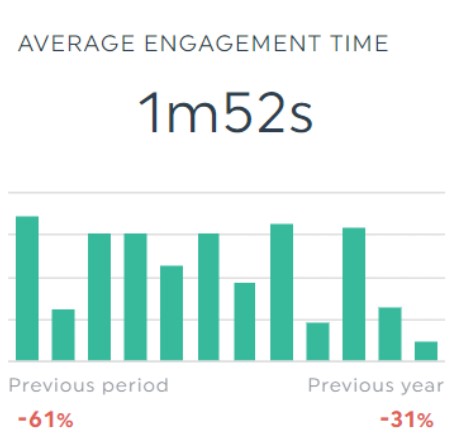
Objective: Drive user engagement on website to improve experience and conversions
Key results:
- Decrease bounce rate to 25% after three months
- Increase average engagement rate by page to two minutes after three months
- Improve number of subscribers by 15% by six months
Tasks to achieve these key results:
- Embed a chatbot or live chat to connect with visitors
- Include product videos or GIFs on homepage to show product in action right away
- Offer a 15% welcome discount (via website pop-up) to engage with new visitors
Common metrics:
- Organic sessions rate
- Average engagement time
- Bounce rate
3. Boost organic search rankings
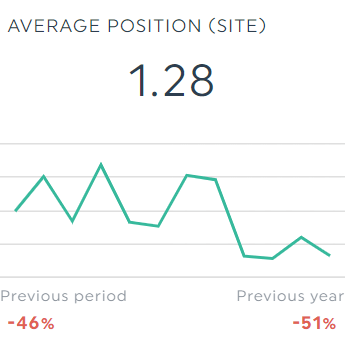
Objective: Boost organic search rankings to drive greater website visibility, engagement, and conversions
Key results:
- Rank 1st page on the search engine results page for targeted keywords by 14 months
- Improve organic sessions rate by 50% by 12 months
Tasks to achieve these key results:
- Build internal links for all posts and pages (e.g., link articles on grammar tips to free grammar checker tool to boost rankings)
- Write a disruption story or thought leadership post every month to highlight our product’s differentiators or unique POV
- Promote our disruption stories and thought leadership content to communities, newsletter, and owned relationships
Common metrics:
- Keyword rankings
- Search visibility
- Organic traffic
4. Earn backlinks

Objective: Raise backlink profile to increase visibility, branding, and sales
Key results:
- Generate 100 high-quality backlinks from authoritative websites (<70 DA) by Q4
- Reduce Toxicity Score (backlinks from harmful sites) from 60 to 40
Tasks to achieve these key results:
- Create original research based on first-party data
- Highlight our research-centric post on existing and new posts (i.e., internal links)
- Distribute said post to owned relationships (e.g., conduct outreach to thought leaders)
- Refresh original research every year to maintain freshness
Common metrics:
- Number of referring domains
- Referral traffic
- Toxicity Score (SEMrush)
5. Speed up loading time
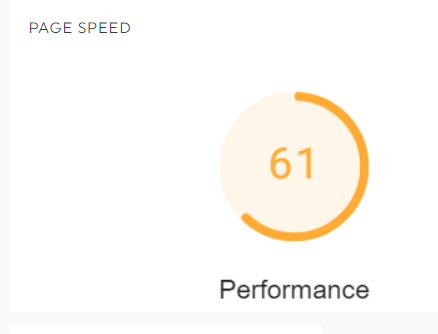
Objective: Increase performance score (on PageSpeed Insights) to speed up loading time and improve user experience
Key results:
- Increase performance score from 61 to 90 by two months
Tasks to achieve these key results:
- Compress all images on website via tinyPNG
- Install a performance plugin to reduce page load time
- Uninstall unused plugins on website
Common metrics:
- Total Blocking Time
- Speed Index
- Cumulative Layout Shift
6. Raise local ranking

Objective: Raise local ranking to drive visibility and attract local customers
Key results:
- Bump up total number of searches by 30% in Q4
- Raise website clicks for Google Business Profile by 40% in Q4
- Increase number of phone calls to 700/month by Q4
Tasks to achieve these key results:
- Rank for service-based keywords with local intent (e.g., part-time cleaner, aircon servicing near me)
- Update Google Business Profile with recent customer reviews
- Build local citations to increase visibility
Common metrics:
- Number of website clicks
- Total number of searches
- Average Google review score
7. Expand content reach
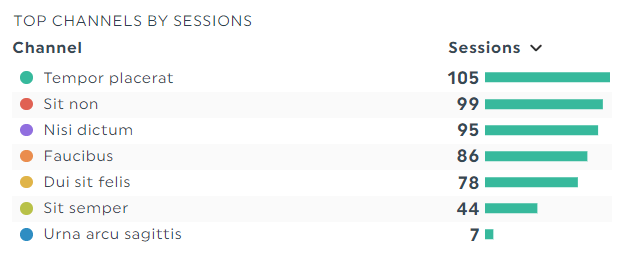
Objective: Expand content reach to a wider audience on blog, email, and social media
Key results:
- Increase site traffic by 30% by seven months
- Raise ultimate guide’s ranking position from 15th to first page on the SERPs by next quarter
Tasks to achieve these key results:
- Repurpose ultimate guide into a one-paged PDF report and founder’s LinkedIn post
- Discuss ultimate guide with guests or influencers on podcast (both owned and others)
- Turn subject matter experts’ quotes from said content into social media graphics
- Break down ultimate guide into a five-day email course
Common metrics:
- Organic traffic
- Social media engagement
- Number of unique website visitors
8. Attract organic traffic conversions

Objective: Convert more organic traffic to improve sales pipeline
Key results:
- Increase number of inbound leads by 20% in three months
Tasks to achieve these key results:
- Match all calls to action (CTAs) with content (e.g., a blog post about grammar tips might have a CTA like “Master your grammar like a top-notch editor”)
- Test different CTAs (e.g., buttons, banners, anchor texts)
- Experiment with different incentives to appeal to prospective customers lower in the funnel (e.g., discount code)
Common metrics:
- Number of leads
- Conversions from organic
- Top performing posts from organic
9. Improve mobile SEO
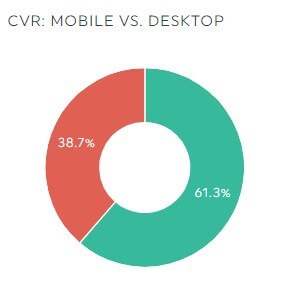
Objective: Improve mobile SEO to deliver a better experience for mobile users
Key results:
- Improve mobile site speed from 60 to 90 by one month
- Boost mobile rankings to first page on the SERPs by EOY
Tasks to achieve these key results:
- Keep title tags under 60 characters to improve click-through rate
- Improve image responsiveness
- Remove pop-ups that cover most of the page content
- Rank for local SEO and mobile-centric keywords
Common metrics:
- Page speed
- Mobile conversion rate
- Mobile ranking
10. Optimize for voice search

Objective: Optimize voice search to accommodate the popularity of smart speakers and voice assistants
Key results:
- Improve conversion rate for voice-specific keywords by 15% in six months
- Increase purchase intent by 15% in six months (i.e. responses to “why did you visit our website today?” should indicate to purchase instead of just browsing)
Tasks to achieve these key results:
- Rank for question and conversational keywords
- Update existing posts with both keywords
- Improve site’s technical SEO
Common metrics:
Meet Your Reporting BFF: How DashThis Tracks Your SEO OKR Metrics Automatically
DashThis is the easiest SEO reporting tool.
Gather the metrics that matter most to you in one beautiful report.
It’s ridiculously easy to combine multiple channels into a single platform, automatically. Take your pick from 30+ native integrations like Google Analytics 4, Google Search Console, Ahrefs, and SEMrush.
SEO agencies that create their SEO reports on DashThis enjoy standout features like unlimited functionality (including client accounts, data sources, and users), preset templates, white-label options, and automatic report distribution.
So how does it work?
- Connect your favorite SEO tools with DashThis
- Select an SEO dashboard report template
- Pick your SEO metrics in Preset Widget
Wait a few seconds while DashThis auto-grabs the metrics you selected. Once they appear on the right side of the screen, drag and drop them to form a cohesive look.
Like this:
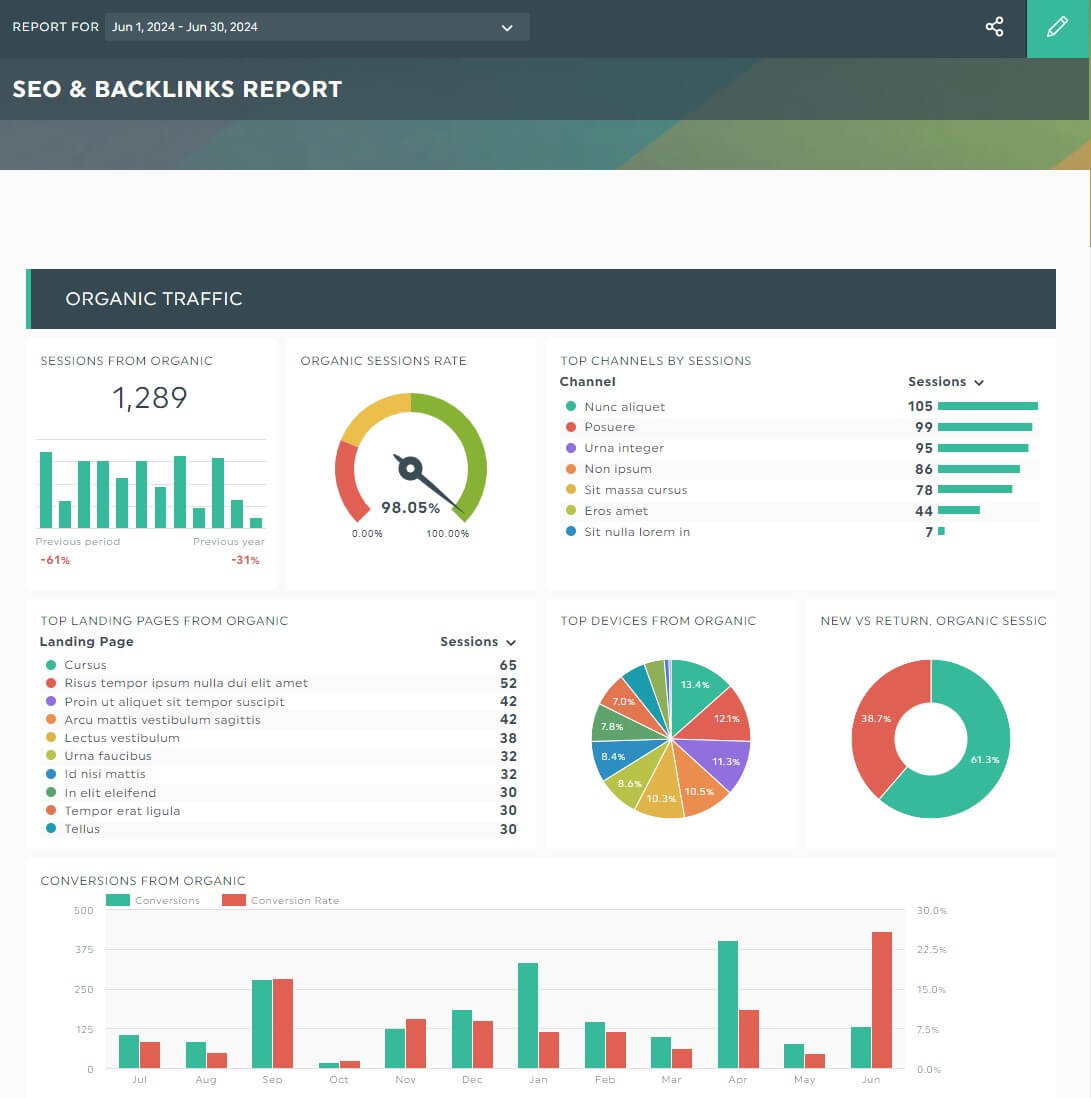
Grab this free SEO report template with your own data!
Customize the report to fit your client’s needs.
Let’s imagine you have a startup client with a tech background (translation: he doesn’t understand how a SEO marketing strategy drives leads, let alone sales).
Consider using the Notes widget to educate him on the role of SEO in revenue. Or provide context for an erratic metric. Or even define common marketing acronyms.
Hover to a metric and click Add Note.
Include your findings and click Save.
For example, here’s how it looks when you define backlinks directly within the report.
Notice the tiny orange tab on the metric? That’s how it looks in view mode—when you click it, your note will appear on the right side automatically.
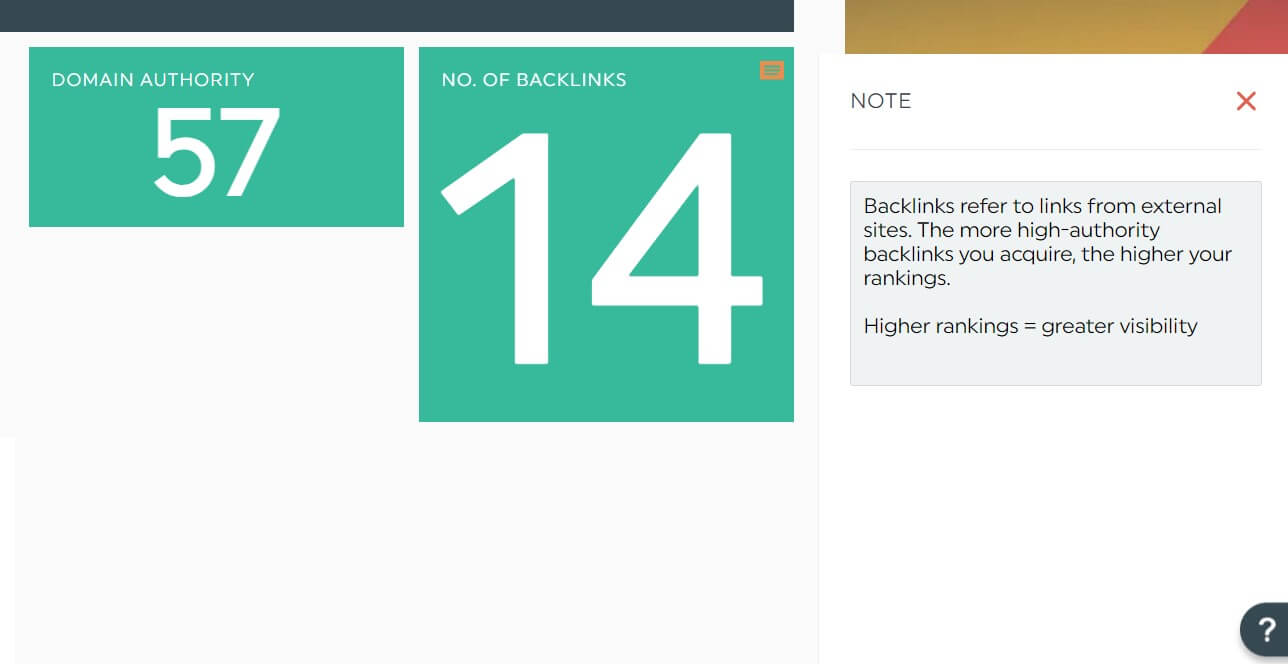
You can also share your proposed roadmap for the next campaign within the report.
Click Static Widget > Comment.
Include the next recommended steps and click Save.

The Comments widget also comes in handy when celebrating milestones and sharing detailed results from A/B testing (e.g., X and XX landing pages generated the highest number of qualified leads).
Once you’ve completed designing the report, schedule an automatic email dispatch to all stakeholders (e.g., clients, marketing teams):
- Hover to the Sharing Options icon on the top right
- Click Share by Email
- Set the dashboard period and frequency
- Click Schedule
This email dispatch sends your report according to your preferred schedule automatically.
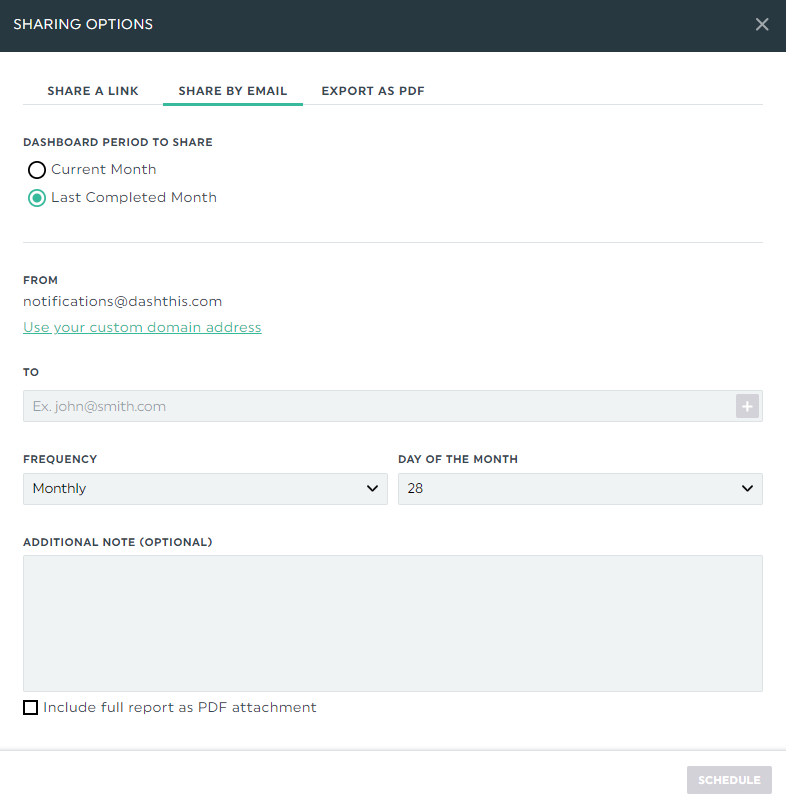
Otherwise, share it via a URL link.
Or print it as a PDF for the next in-person deliverables meeting. These automated SEO reports work well on both big and small screens.
Start your free 15-day trial to automate your SEO reports today.
Automate Your SEO OKR Reporting Today
These SEO OKR examples are not gospel.
As you start outlining your own OKR, you’ll see gaps and overlaps. So treat these examples as a guide and tweak accordingly.
As long as it aligns with the overall business goals and keeps everyone laser focused, you’re on the right track.
DashThis is the easiest reporting tool.
Gather your entire data across your favorite SEO tools into one beautiful report, automatically. Start your free 15-day trial today.
Ready to track your SEO reporting?
Read More
Don’t miss out!
Automate your reports!
Bring all your marketing data into one automated report.
Try dashthis for free

